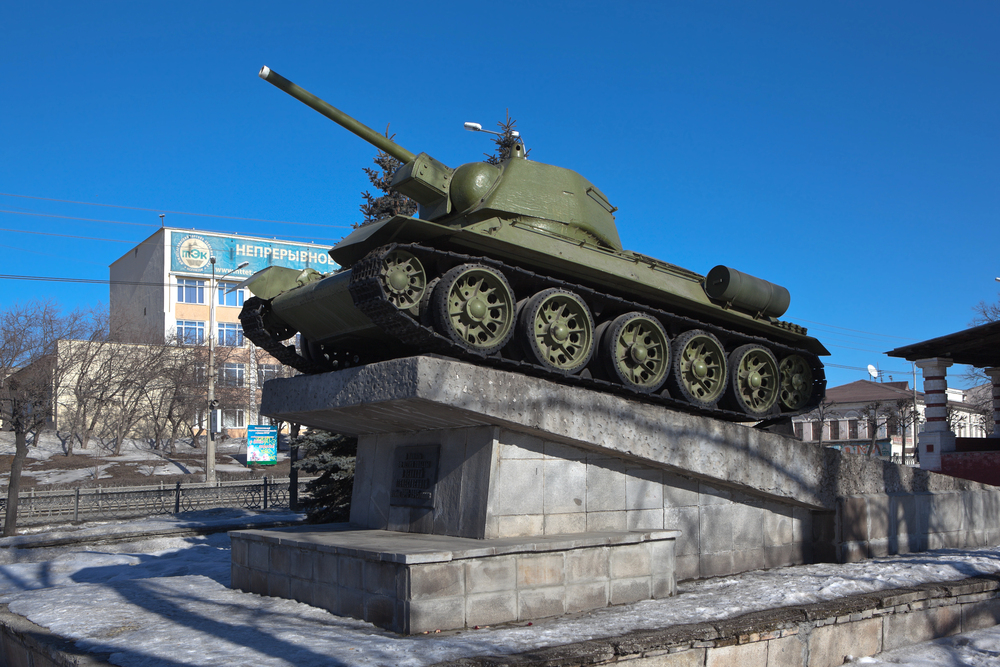Ukrainian soldiers are training on Soviet-era museum tanks in Germany to understand Russian booby-trap tactics better, the commander of the European Union’s military assistance mission revealed Thursday.
The EU’s ambitious military training program, which aims to prepare 60,000 Ukrainian troops by year’s end, combines advanced Western weapons training with practical exercises on older Soviet equipment that Ukrainian forces frequently encounter on the battlefield.
“These systems are actively used by Russian forces, who often plant explosive traps in abandoned equipment,” said Lieutenant General Andreas Marlow, who heads the EU training mission near Berlin. “Using these museum pieces allows us to demonstrate exactly where soldiers need to check for explosives when encountering enemy vehicles on the battlefield.”
The program has already trained approximately 18,000 Ukrainian service members. Instructors from 17 nations provide comprehensive training, including operating advanced Western equipment and countermeasures against Russian tactics.
“We’re combining high-tech training on Western systems with practical experience on equipment they’ll actually encounter in combat,” Marlow said.
Training facilities include Russian-style trench systems and borrowed museum tanks, though military officials declined to specify the source or number of museum vehicles in use.
The training initiative, established in 2022 as part of the EU’s military assistance to Ukraine, was recently extended for two additional years. This extension aligns with a broader security agreement signed between Ukraine and the EU in June 2024.
In August, EU defense ministers failed to reach a consensus on moving training operations into Ukraine itself, opting to continue the mission as close to Ukraine’s borders as possible.
Read more:
- UK tank museum helped reverse-engineer Soviet-era parts for firm supplying materiel to Ukraine
- EU confirms no decisions made on sending troops to Ukraine
- Finland’s Valtonen opposes “Finlandization” solution for Ukraine peace






